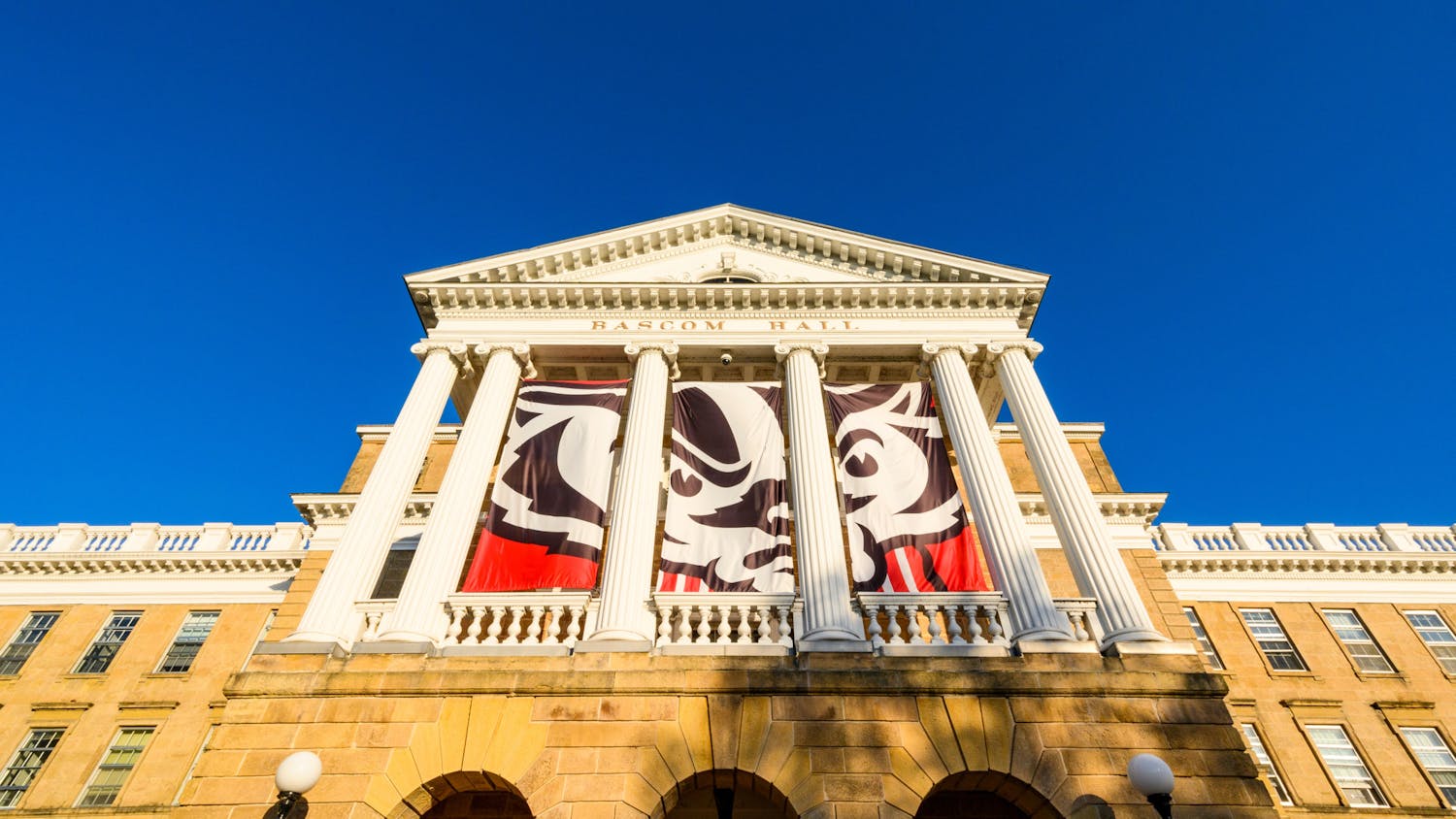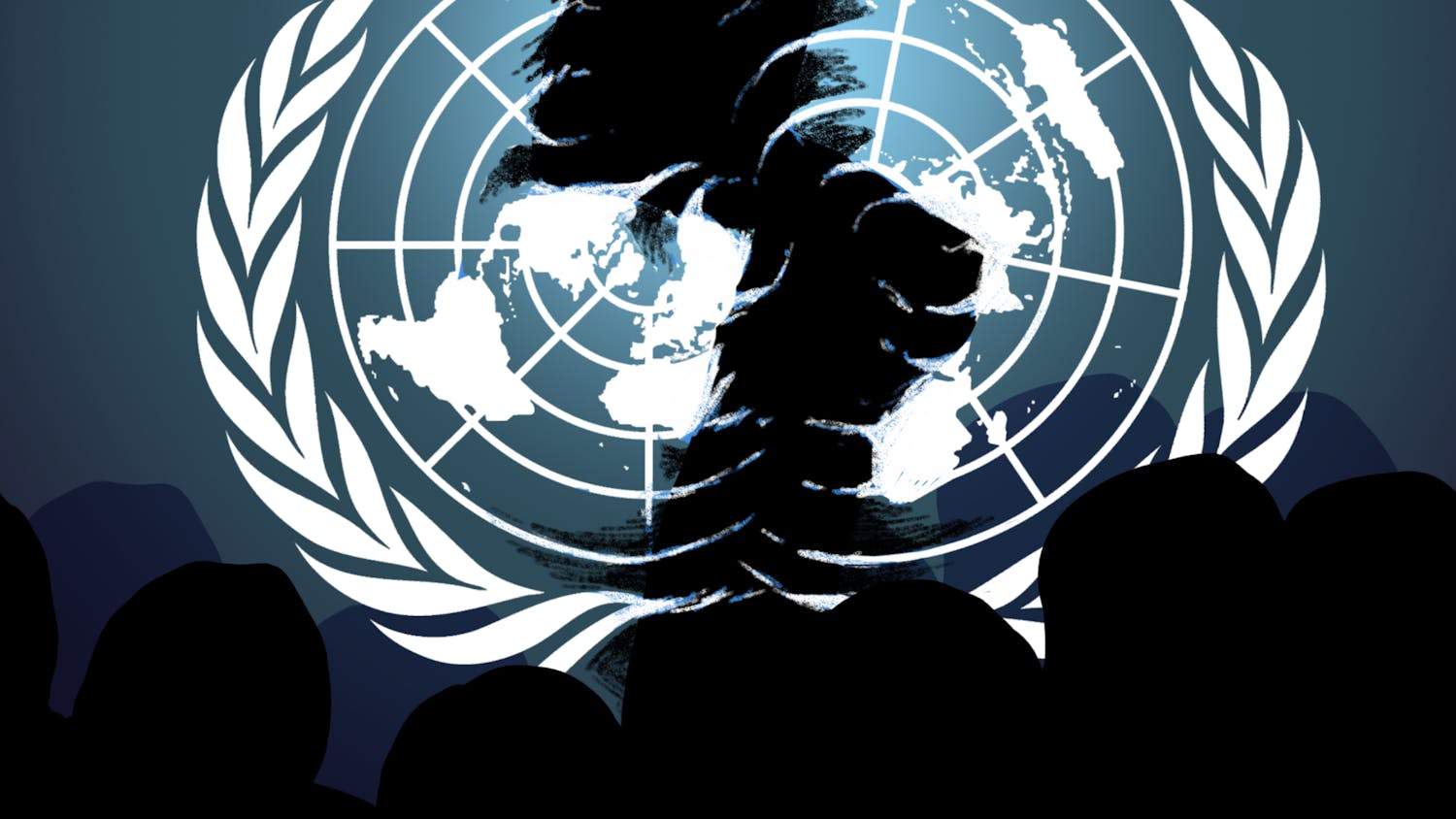I grew up in the UAE, a country where politics aren’t much of a thing. Consequently, I didn’t have the chance to understand global political dynamics. It was enough for me to know the prime minister of my birth country and the leaders of the UAE. Any global leaders were an added bonus. However, since joining the Cardinal, it has been impossible to ignore American politics.
More so when it has a direct effect on non-citizens and citizens alike.
Growing up, I was familiar with the red and blue of the Republican and the Democratic parties. I also knew of the elephant and the donkey. I was prone to mixing them up, though. With the 2020 presidential election in the backdrop, I was getting used to the R’s and the D’s. The GOP elephant and the Democrat donkey. As an opinion editor at the time, it was a necessity.
I learned how the parties pretty much switched platforms over the course of U.S. history. According to historian Eric Rauchway, William Jennings Bryan — an influential Democrat in the early 20th century — began espousing greater government involvement. This was when Republicans were the party of big government. This resulted in both parties briefly being in favor of expanded government. It was only when Franklin Roosevelt introduced progressive policies like the New Deal in the 1930s that the switching of sides was complete. Republicans now took the limited government stance that Democrats previously held. These platforms define the parties to this day.
The next — and perhaps most intriguing thing I learned — was just how tribal American political culture is. This has become only more apparent in recent years, with the increase in political polarization seen in the U.S. While the trend is global, the U.S. is unique in how there are only two parties in power. In a more polarized world, these two parties are like two sports teams. Team red vs team blue.
Both political parties sell merchandise that people buy, boosting the campaigns of those they support while boasting their support for them in a manner akin to any sport in the world.
This seemed comical to me at first. Despite my opinions on various leaders and both parties, I would never want any merchandise. However, this sport-like support of politicians and political parties means that the biases seen in sports fandom creep into political discourse. People who make life-altering decisions for people both in the U.S. and abroad are viewed like athletes.
This country exists as blue and red cities and states. Republicans view “blue cities” rife with problems like homelessness as a point in favor of their favorite political team. The same can be said for blue wave Democrats who dismiss the plight of “red states” when hit by natural disaster. Reality is often gray and not black or white — or in this case, red or blue.
Yet that is how things pan out, affecting priorities adversely. To a blue supporter, the blue can do no wrong, and the same goes for the red. Every effort is made to one-up the other.
Besides, people are not accurately represented in the current ecosystem. The two parties act as massive, unsustainable tents. Big tent parties are not unheard of across the world. However, the Democratic and Republican parties are humongous tents. They end up encompassing incompatible and even dangerous ideologies.
The neoliberal Democrats do not mesh well with progressives, yet a progressive independent voice like Sen. Bernie Sanders (I-Vt) had to run for a presidential nomination on the Democratic ballot. Dangerous neo-Nazis and white supremacists are more extreme than moderate Republicans. A country with over 300 million people cannot be split into just two parties, no matter how one chooses to split the population.
The final observation is that despite this sense of tribalism where both sides back their team to death, they both have more in common than they would like to believe. Fervent supporters of one party would love to take the moral high ground, when in reality, the difference is only a few inches. The younger me who mixed the parties up looks wise in hindsight.
I guess this begs the question: What is the solution? For starters, it would be great to see more parties rise. Coalitions between distinct parties sound more sensible to me than big tents.
As for ending tribalism within the existing framework, focusing on establishing the similarities between both sides is a start. The tribalism appears to come from a desire for moral superiority. Dealing with confirmation bias and the subsequent possibility of backfire effect is a challenge. However, once eyes are opened to the similarities, it becomes clear that there is no superiority.
I hope a day can come when presidential debates are not advertised like boxing matches, problems are seen as problems without a red or blue prefix and accountability is not left for dead by merchandise wearing Twitter clout chasers.
Anupras is a former opinion editor, currently on the editorial board. He is a junior studying Computer Science and Journalism. Do you find the growing sport-like fanaticism in U.S. politics odd? Do you think this needs fixing? How would you fix this? Send all comments to opinion@dailycardinal.com.
Anupras Mohapatra is a former opinion editor for The Daily Cardinal and currently serves on the Editorial Board. He is a senior double majoring in Computer Science and Journalism.






